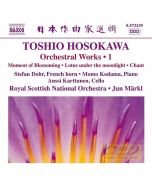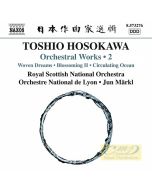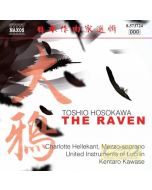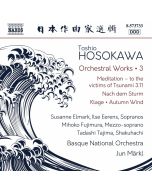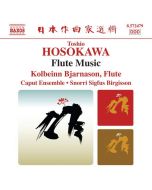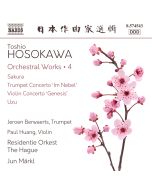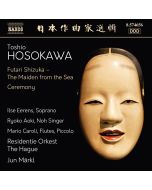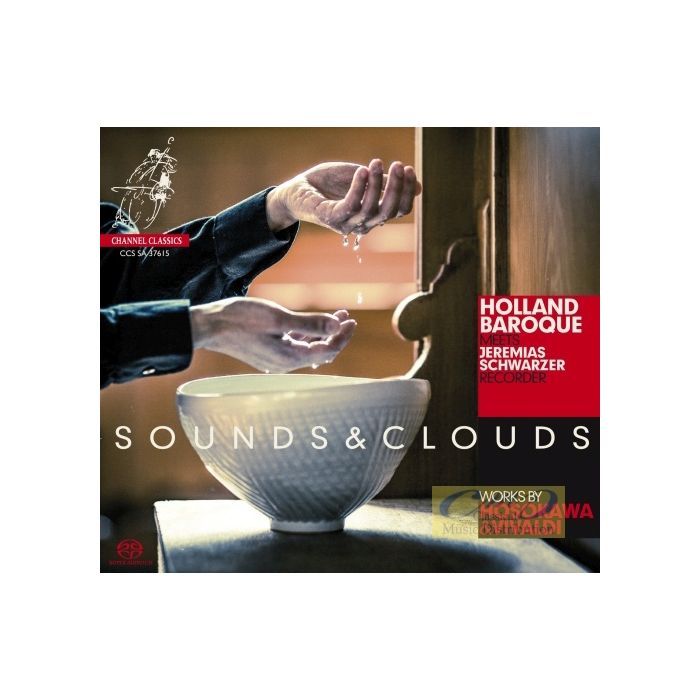
(Produkt nie został jeszcze oceniony)
kompozytor
różni kompozytorzy
tytuł
Sounds & Clouds - Vivaldi & Hosokawa
pełny spis kompozytorów
Hosokawa, Toshio, Vivaldi, Antonio
wykonawcy
Holland Baroque, Schwarzer, Jeremias
nr katalogowy
CCS SA 37615
opis
The blank spaces on the paper have their own tension, known in Japanese as ma. That tension can be felt in music, between two sounds. Here Hosokawa sees a major difference between European and eastern music: ‘The only thing of importance [in western music] is perhaps the sonorous impact, the sound as of a cathedral where one finds eternity. We find beauty in a cherry tree, precisely because they blossom so briefly – eternity does not exist, we know no God. The flower withers, but next year the cherry tree blossoms anew. Sound is like such blossom, it comes and goes. The silences, the absence, are not empty but full of sound, if we were able to hear.’ Each sound, therefore, is born of silence, as a meditation, and here the rhythm of breathing is crucial for Hosokawa. Sounds grow and fade, the pauzes between the breaths determine the form. Together notes can form clusters, even sharp dissonances – for nature is seldom in full harmony – but they always return to individual notes and silence. Such a cyclic structure does not seek development, completion or repetition, but floats on ongoing movement and variation, which is likewise a significant contrast with western music. ‘In eastern thinking’, Hosokawa writes, ‘the voice (i.e. the sound) is born when the spirit itself is manifest in breath. The expression of this dynamic process, reflecting the sound of the spirit in breath and voice, this, for me as a composer, is the ultimate challenge.’ The contrast with the music of Antonio Vivaldi could hardly be greater. The chasm in time, approach and aesthetics is so deep that it is perhaps futile to look for deeper relationships. Where Hosokawa pursues an expression of an extra-musical breath, Vivaldi surprises us time and again by playing with the form of the Baroque concerto – and then in more than five hundred compositions! This variety is often inspired by a musical effect, a person or a story, as in La notte, blossoming from Hosokawa’s nocturnal imagery as a melodic and rhythmic mirror, or in La tempesta di mare, prompted by the second intermezzo, Das Meer vor dem Sturm. Sometimes the ‘programme’ is less clear, as in Il gardellino (with written-out birdsong) or in the fourth concerto, which Schwarzer has called La festa.
nośnik
SACD x 1
wydawca
Channel Classics
data wydania
7.10.2015
EAN / kod kreskowy
723385376156
89,00 zł
Produkt na zamówienie
Wysyłka ustalana indywidualnie.
Darmowa wysyłka dla zamówień powyżej 300 zł!
Darmowy kurier dla zamówień powyżej 500 zł!
sprawdź koszty wysyłki